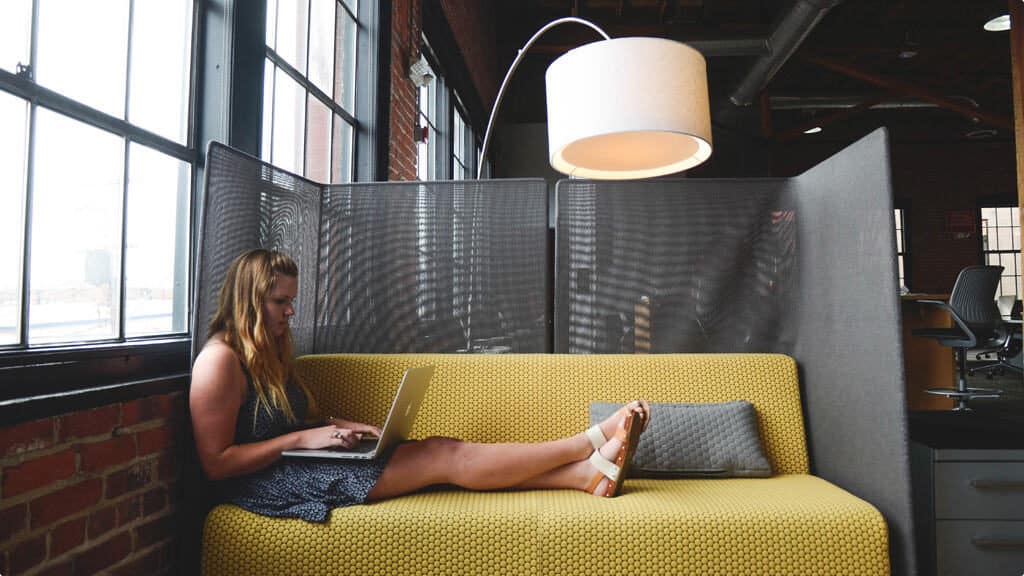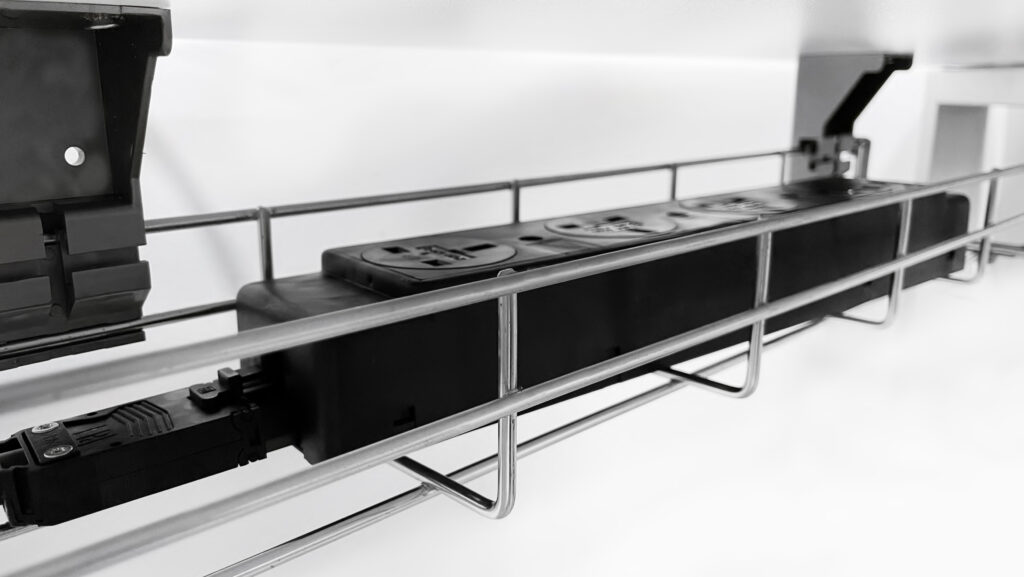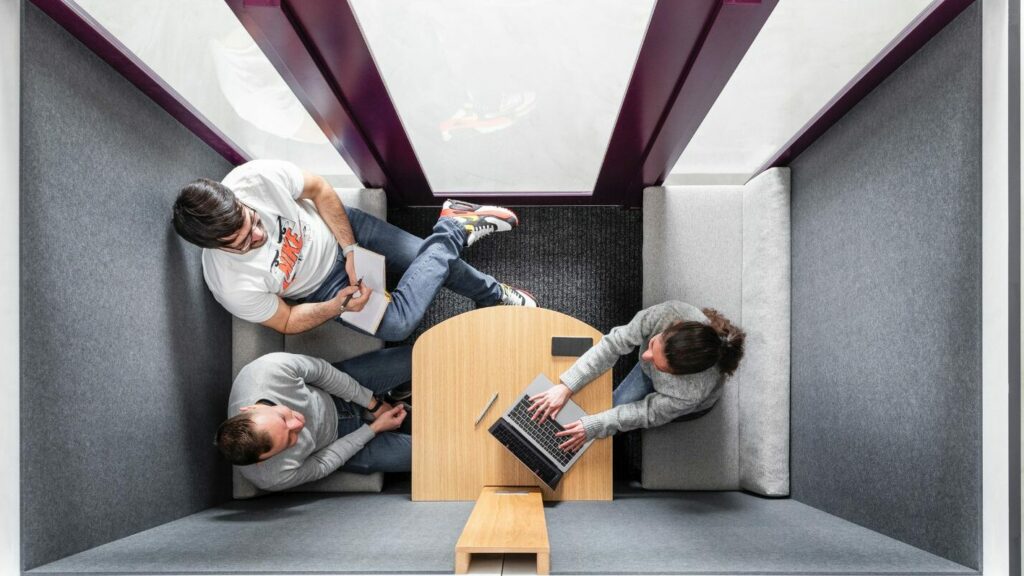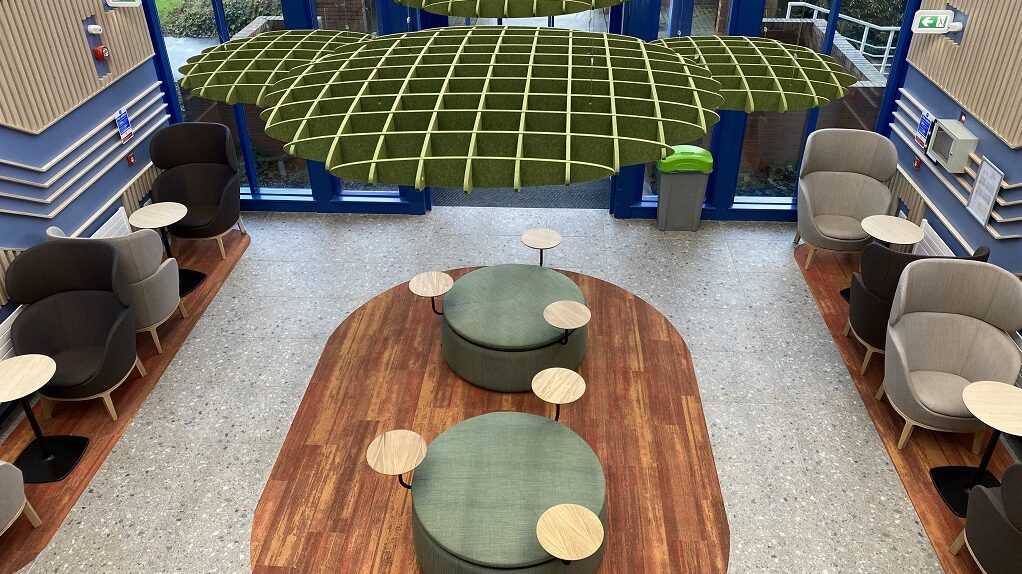The changing face of a modern office workspace

May
2016
Earlier this week I visited the offices of Level 39 in Canary Wharf as part of the Workplace Week, which involves tours of some of the most innovative companies in the UK. In addition, donations from the sale of tickets were raised in support of BBC’s Children In Need which made a great charitable cause.
Level39 is the biggest technology accelerator in Europe and an aspiring hub for the world’s brightest minds with an entrepreneurial spirit. They also have extremely impressive and modern interior designed by Gensler Architects who have also worked on workspaces for Facebook and Google so I was happy to be given a tour of their offices.
It was refreshing to see so many bold and exciting designs and state-of-the-art technology, including an iPad coffee machine, which immediately made me want to own one!
However, the visit also prompted my consideration of how much the offices and work in general has changed over the last few decades. Offices of the past, particularly in the mid-20th century were known to typically incorporate rows of desks lined up one after the other and tasks often involving dull and routine paperwork.
OFFICES OF THE PAST WERE KNOWN TO TYPICALLY INCORPORATE ROWS OF DESKS LINED UP ONE AFTER THE OTHER
Much of the change can be attributed to the digital age. The office workspace has undergone a tremendous evolution, first by replacing type machines with computer keyboards and changing the arrangement of desks to accommodate information sharing and various work modes adapting to the team’s workflow.
Long rows of desks transformed into the now infamous cubicles entrapping their inhabitants and disallowing preventing interaction between co-workers. Later, that changed again when hot-desking became the latest fad and employees no longer had a permanent space on their desk. That quickly bred new issues, as soon enough competition arose between colleagues for the best desk space on a first-come-first-serve basis.
Offices have opened up and were stripped of false cardboard walls to create an ‘open space’ environment that was vital in large metropolitan cities such as London, Hong Kong or New York where space is limited.
Open plan offices were created to be functional and versatile enough to include rooms and spaces to support workers in their multiple working modes. Current research suggests that employees gradually progress and switch between one mode of work to another depending on the task, often going through different cycles within one work day.
Moreover, since jobs no longer involve only a simple set of routine chores, they often require cooperation from various project members at different stages of the project between both permanent and virtual members of the team. Organisational charts and structures have also evolved by allowing matrix and agile teams into a corporate landscape where reporting lines involve multiple stakeholders.
RESEARCH SUGGESTS THAT EMPLOYEES SWITCH BETWEEN ONE MODE OF WORK TO ANOTHER DEPENDING ON THE TASK
In addition, the digital era enables companies to allow their staff to telecommute. Employees can now work while on the road, from home, abroad or even in customer’s or provider’s premises and this has opened a new route of possibilities for furniture designers.
These changes gradually introduced alterations in office design by space planners, architects, interior designers and facilities managers to incorporate new equipment and office amenities and to accommodate various job functions.
Extensive academic research in the field of human factors & ergonomics supported the idea of office environments affecting employees and outcomes of their work to a greater extent than thought before. Reducing absenteeism, work-related stress, poor posture and long-term health implications such as musculoskeletal disorders (MSDs) are the primary reasons that companies should be embracing ergonomic furniture.
Having well-designed offices fitted with ergonomic furniture also means additional selling points when attracting new talent which has a positive contribution to corporate revenues.


